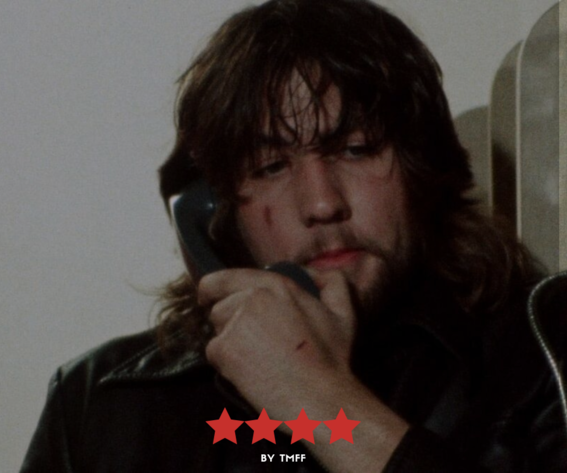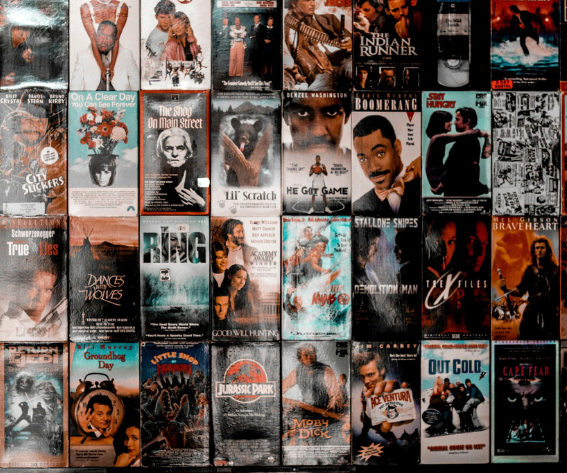What better time to immerse yourself in the distinctive realm of 1988’s exploitation films than now? These movies, adept at seizing on contemporary trends, niche genres, or sensational content, often find their place in the realm of low-budget B movies. Yet, despite their humble beginnings, they attract critical acclaim and cultivate cult followings, much like the enigmatic ‘Deadbeat at Dawn‘. This film is remarkable for its unique blend of gritty storytelling, unflinching violence, and raw, unfiltered portrayal of its era.
Exploitation cinema, a term that extends beyond its subject matter, is typically characterized by its low production values and independent nature, aiming to exploit specific niches for quick financial gain. This market flourished during the era of the Hollywood production code when the industry was strictly regulated. This led to the rise of independent filmmakers who found creative ways to bypass these restrictions and cater to niche audiences.
These films circumvented these restrictions by operating outside the studio system, lacking big budgets or star actors, and focusing instead on provocative or sensational themes. Marketing often preceded scriptwriting, with posters and release dates set before the film was fully developed. These movies were typically screened in rundown urban theaters known as “grindhouses” and at drive-in theaters rather than in mainstream cinemas controlled by major studios. Nevertheless, I recently enjoyed viewing ‘Deadbeat At Dawn’ at a local screening in my hometown.
❝This level of versatility is undeniably impressive.❞
Shot over four years in Dayton, ‘Deadbeat at Dawn’ is a testament to the creative genius of its director, Jim Van Bebber. He not only helmed the project but also took on multiple roles, from writing and directing to editing and choreographing fight sequences. This level of versatility is undeniably impressive and serves as a hallmark of indie filmmaking, where resourcefulness and creativity often take precedence over big budgets and star power.
Van Bebber portrays Goose, leader of the Dayton street gang known as the Ravens, locked in perpetual conflict with their rivals, the Spiders. Admittedly, the plot isn’t apparent until about 20 to 30 minutes in. (I made a joke with my girlfriend, asking her what was happening.) Eventually, it’s clear when, after numerous brutal clashes, Goose’s girlfriend, Christy (played by Megan Murphy), persuades him to retire his nunchucks.
While it’s easy to point out the lack of set-up, clunky dialogue, and strange acting at times, the refreshing camera decisions, cutting, score, and action/gore make it one of the most captivating B-movies I’ve seen in years. It’s amazing what Van Bebber accomplished with a reported budget of $12. Yes, you read that right. Tragedy strikes when Spiders murder Christy while Goose is away on a final drug deal. His thirst for revenge simmers as the Ravens and Spiders unexpectedly unite for an armored truck heist. When Goose finally unleashes his fury, the film explodes into a visceral display of low-budget gore and rampant violence. Boy, was it a blast.
❝It exemplifies the spirit of independent filmmaking.❞
‘Deadbeat at Dawn’ is not just a gritty, low-budget exploitation film from 1988, it’s a quintessential example of the genre. While the film may stumble with its narrative clarity and uneven performances, its strengths lie in Van Bebber’s multifaceted role as director, writer, editor, and fight choreographer. The innovative camerawork, impactful score, and unflinching portrayal of violence contribute significantly to its cult status among fans of exploitation cinema. It exemplifies the spirit of independent filmmaking, achieving much with minimal resources and pushing the boundaries of genre conventions. For enthusiasts of B movies and those intrigued by raw, unfiltered storytelling, this film remains a compelling watch that captures the essence of its era.











Leave a reply